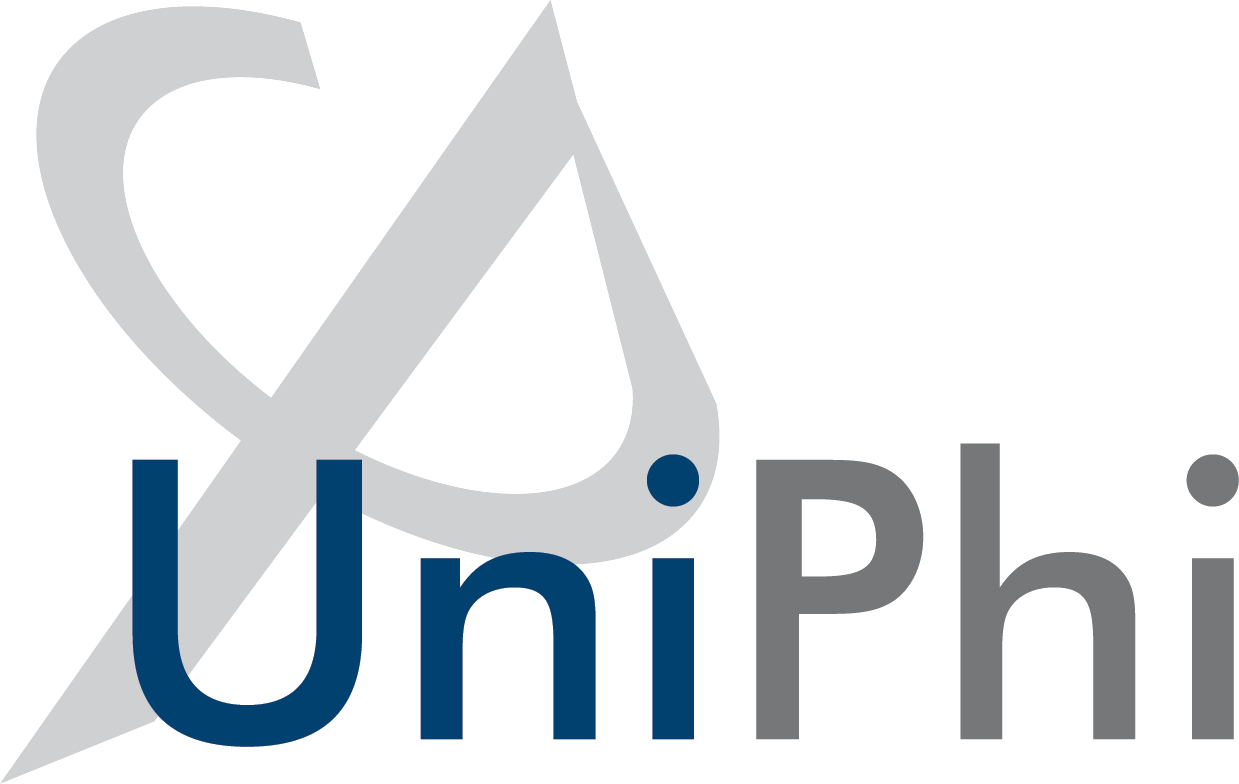VIC Desalination Plant Records and Document Management
The Melbourne Desalination plant is the largest desalination plant in Australia and supplies 150 billion litres of water per year to Melbourne, Geelong and other regional communities. Davis Langdon, An AECOM company was utilized to set up document control processes and to manage the workflow of the joint venture. The Independent reviewer and environmental auditor, or IREA, is the chief quality assurer for the government during design, construction, testing and commissioning the plant; this means that its systems and processes need to be accessible and transparent so that everything runs smoothly. This was why UniPhi was employed.
Background
The Melbourne desalination plant is a Public Private Partnership between the Victorian Government's Department for Sustainability and Environment and Aquasure. It will be the largest desalination plant in Australia, supplying 150 billion litres of water a year to Melbourne, Geelong and some regional communities. That's enough fresh water for about one third of Melbourne's household and industry needs, without relying on rain.
The plant will be one of the greenest in the world by using:
renewable energy to offset 100 per cent of operational power
world-leading energy recovery devices to reduce power consumption, and
a unique design with living green roof and new coastal park.
Davis Langdon, an AECOM company, partnered with MWH to provide the state government with independent verification and environmental auditing services on the project. It is Davis Langdon's role in this partnership to set up the document control processes to manage the workflow of the joint venture.
The Challenge
The independent reviewer and environmental auditor (IREA) is the chief quality assurer for the government during design, construction, testing and commissioning the plant. This means its systems and processes need to be transparent, robust and have their own in-built quality control points. The IREA faced several risks in the selection of a system to support its processes. Stakeholder communications can vary greatly as the project progresses and the need for quick responses to press releases, site investigations and other client information requests is paramount. Users of the system were from multiple organisations, a complex system that required significant levels of training would have been resisted and led to shadow systems being used with a resulting loss of transparency.
The Solution
UniPhi takes workflow to a more practical level and creates transparency in documentation and records management that makes auditing business processes simple and efficient. This has enabled the IREA to focus on their key job of reviewing design documents, surveying construction and certifying progress.
Some of the key features utilised to meet document control demands are:
Simple integration with construction companies document management system via web links and MS Outlook integration.
Records management workflow where all the actions, documentation and responses to a design or construction package can be viewed in one screen
Document version control, transmittal registers and digital sign off to ensure that the latest document is used for review
Programme reporting on number of activities completed in a time period, witness reports and design reviews conducted etc.
In addition to the document and records management, The IREA joint venture has been able to utilise some of UniPhi's other features like timesheets and contract administration to track their overall fee on the job and measure overall project performance.
UniPhi tracks each IREA team member's time and compares this to budget hours on the job. This is converted into Actual and Budget $ values using standard cost and revenue rates. UniPhi's reporting capability is then utilised to produce "S" Curves and other trend based financial reports for the IREA management to review.











